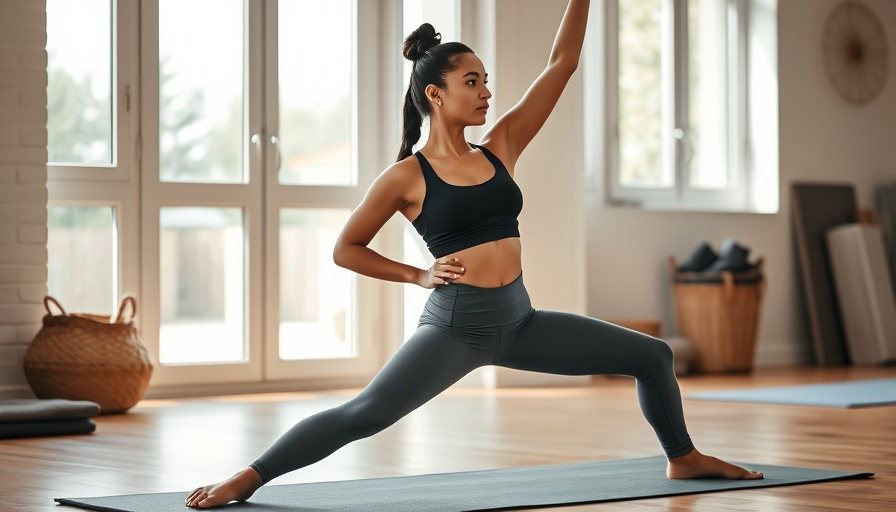
Discover the Joy of Shoulder and Wrist Mobility
Understanding the importance of shoulder and wrist mobility can be a game-changer in our fitness journeys, especially for anyone interested in the benefits of yoga. With consistent practice, these movements can enhance performance and reduce the risk of injury in our daily activities. As we explore this topic, let’s consider how these simple yet effective exercises can create a positive impact on our bodies and our overall well-being.
In 'Shoulder and Wrist Mobility,' the discussion dives into the transformative effects of these exercises, exploring key insights that sparked deeper analysis on our end.
Historical Context and Background
Yoga has been practiced for thousands of years, emphasizing both mental and physical health. Specifically, shoulder and wrist mobility exercises have roots in ancient practices that aimed to increase flexibility and strength. These exercises are not merely a contemporary trend; they are steeped in a tradition that promotes balance and body awareness. As our daily lives become increasingly sedentary, the relevance of these age-old practices has only grown. Incorporating them into our routines can help realign our body and spirit, leading to holistic health benefits.
Unique Benefits of Shoulder and Wrist Mobility
Engaging in shoulder and wrist mobility exercises isn’t just beneficial for yogis; they are crucial for anyone aiming to enhance their daily functionality. Improved mobility in these areas can lead to better posture, allowing us to sit, stand, and move with confidence. It also helps alleviate tension and prevents pain that can arise from repetitive movements in our workplaces or during outdoor activities. Since we rely on our arms and wrists for various tasks, from typing to carrying groceries, investing time in mobility exercises can bolster our everyday lives.
Actionable Insights for Daily Practice
If you’re eager to get started, here are a few exercises that promote shoulder and wrist mobility:
1. **Shoulder Rolls:** Stand up and gently roll your shoulders forward and backward, allowing them to relax and loosen. Repeat ten times in each direction.
2. **Wrist Stretch:** Extend your arm forward with fingers pointing up, and use your other hand to gently pull back on your fingers. Hold for 15-30 seconds and switch sides. This will help alleviate stiffness.
3. **Child's Pose:** A foundational yoga pose that stretches out your shoulders and back, promoting relaxation. Kneel on the floor, sit back on your heels, and stretch your arms forward on the ground. Deep breathing in this position allows for maximum benefit.
Integrating these exercises into your daily routine can take just a few minutes, yet the impact can be profound. Consider committing to just five minutes of mobility work each day to feel noticeable improvements.
Emotional and Human Interest Angles
For many, the mental aspect of practicing yoga is just as rewarding as the physical. With the hustle and bustle of everyday life, taking a moment to focus on our bodies can feel therapeutic. Many individuals report that regular practice provides them with a sense of calm and clarity, helping to alleviate stress and anxiety. This emotional connection makes mobility work not just about the body; it’s also a pathway to mental well-being, encouraging mindfulness and relaxation.
Common Misconceptions and Myths
There’s a common misconception that yoga is only for the flexible or athletically inclined. However, this couldn’t be further from the truth! Yoga, particularly the mobility aspects, is accessible to all levels. Everyone can benefit from shoulder and wrist exercises, regardless of their current range of motion or experience. It’s important to remember that mobility is a journey, and with consistent practice, anyone can improve.
Conclusion: Take a Step Towards Better Mobility Today
Developing shoulder and wrist mobility isn’t just about enhancing physical health; it’s about fostering a positive relationship with our bodies. Through these exercises, we can promote not only joint health but also an emotional balance that benefits our overall lifestyle. So why not start today? Explore new mobility routines that resonate with you and make a commitment to ongoing self-care.
 Add Row
Add Row  Add
Add 




Write A Comment